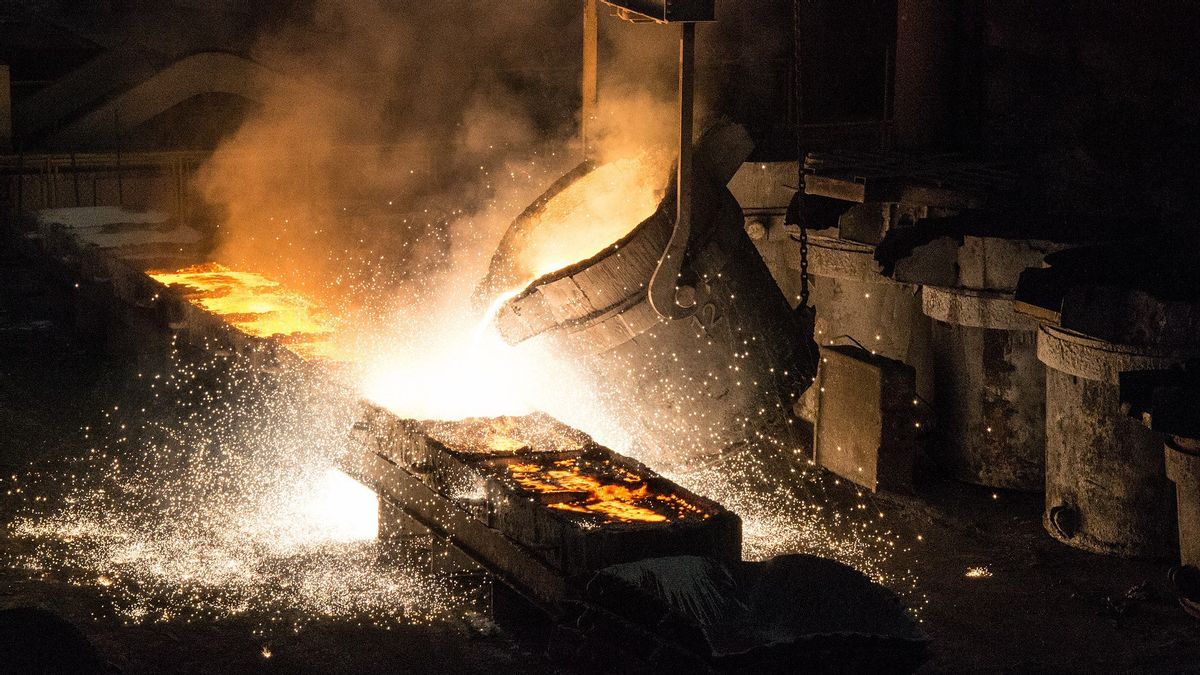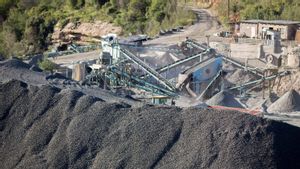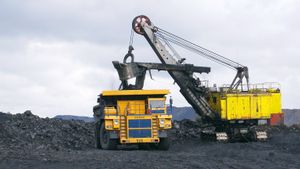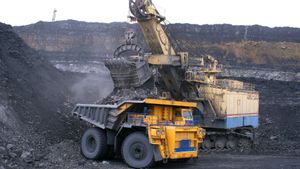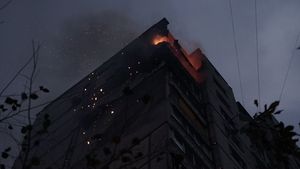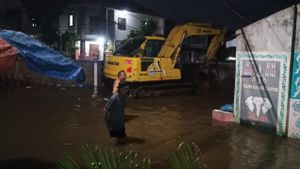JAKARTA - Researchers from the Indonesian Institute of Sciences (LIPI) assess that the government's decision to determine Fly Ash and Bottom Ash (FABA) or solid waste generated from the coal burning process at Electric steam power plant (PLTU) and palm oil mills into the category of non-hazardous and toxic (non-B3) the right move.
"Coal waste from PLTU and palm oil factories is not dangerous. This FABA waste is actually of economic value because it can be used to support infrastructure such as raw materials for making roads, blocks, cement to raw materials for fertilizers", said a researcher at the Research Center for Metallurgy and Materials LIPI, Nurul Taufiqu Rochman in his statement in Jakarta, Tuesday.
He explained that currently, no country categorizes coal and palm oil waste as B3, so it is strange if the waste is not used.
"We have analyzed the composition of this FABA waste and nothing is dangerous", he said.
According to him, coal and palm oil waste is actually a danger when it is not used or piled up in large quantities. In fact, the waste can be used for various products.
"So, it will be a big loss if the waste is not used", said Nurul.
Meanwhile, Executive Director of the Indonesian Coal Companies Association (APBI) Hendra Sinadia said the government was right to remove FABA from the list of hazardous waste. Indonesia must imitate developed countries in managing FABA.
"This can be used in general. This is best practice in many countries, such as China, Japan, Vietnam. As a cement building and roads. In Japan, the Fukushima Dam is made from coal waste. So why don't we learn from that", said Hendra.
A number of coal companies, including steam power plant (PLTU) companies have conducted a study on the use of FABA which states that the raw materials from FABA are safe to use.
"But it's not for mass use, because we still have to have clearance", said Hendra.
In Indonesia, the use of FABA is still on a small scale, even though the FABA production from PLTU reaches tens of millions of tons per year. So far, the waste has only been dumped without management.
"This haphazard hoarding actually creates a bad risk to the environment. If it can be used, it will have added value", said Hendra.
SEE ALSO:
State Electricity Company (PLN) Executive Vice President for Corporate Communications and CSR, Agung Murdifi, stated that PLN would not dispose of coal waste and would cooperate with many parties to utilize it.
PLN has conducted various trials and developed the FABA from the combustion of PLTU so that it can be used. For example, making FABA for infrastructure supporting materials such as roads, blocks, cement, and fertilizers.
At PLTU Tanjung Jati B, located in Jepara Regency, Central Java, FABA waste is processed into bricks, paving, and precast concrete.
"We use the processed products from FABA waste to renovate houses around PLTU Tanjung Jati B", said Agung.
Then at PLTU Asam Asam, we use FABA as a road base (road layer) in making road access. PLTU Suralaya utilizes FABA as raw material for concrete blocks and raw materials in the cement industry. Meanwhile, PLTU Ombilin uses FABA to become a mixture of silica fertilizer.
Previously, FABA was categorized as Non-B3 according to Government Regulation (PP) 22 of 2021 concerning the Implementation of Environmental Protection and Management.
Based on the results of independent laboratory tests on Toxicity Characteristic Leaching Procedure (TCLP) and Lethal Dose 50 (LD50), the samples come from several PLTUs, the FABA produced does not contain elements that are harmful to the environment.
The English, Chinese, Japanese, Arabic, and French versions are automatically generated by the AI. So there may still be inaccuracies in translating, please always see Indonesian as our main language. (system supported by DigitalSiber.id)
